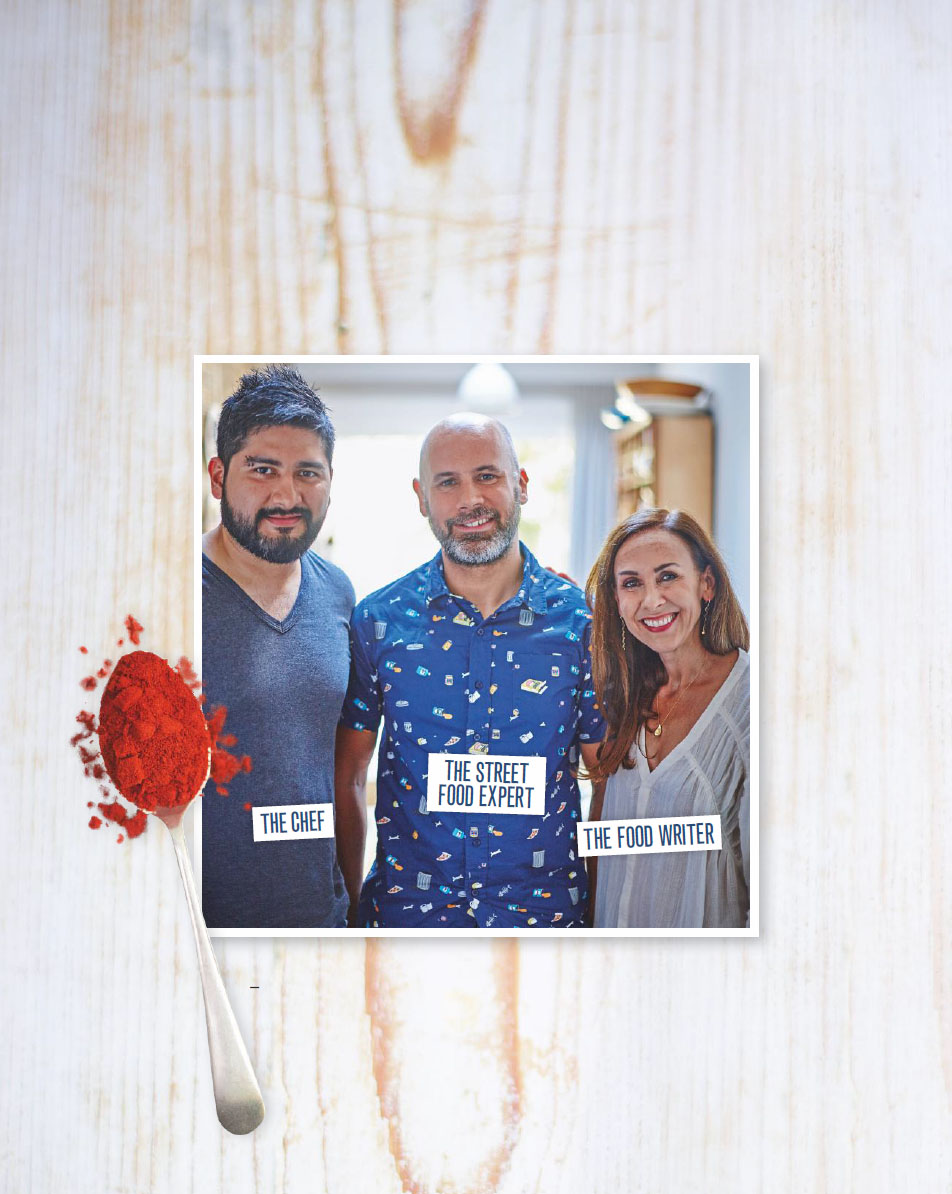
PHOTOGRAPHS MYLES NEW
Since it was frst cooked back in the early 19th century, chilli con carne has been the root of much debate. Is it Mexican or American? What are the ‘proper’ ingredients – and what should never be added?
Well, it’s not properly Mexican, although its roots can be traced to south of the US border. “Chilli isn’t what I would call part of Mexican gastronomy,” says expert Isabel Hood. Historically, Mexican cooks have made no secret of deeming the dish a bit of a gringo thing. Frank X Tolbert writes in his chilli chronicle A Bowl of Red, “One contemporary Mexican dictionary has this scornful defnition: ‘A detestable dish sold from Texas to New York City and erroneously described as Mexican.’”